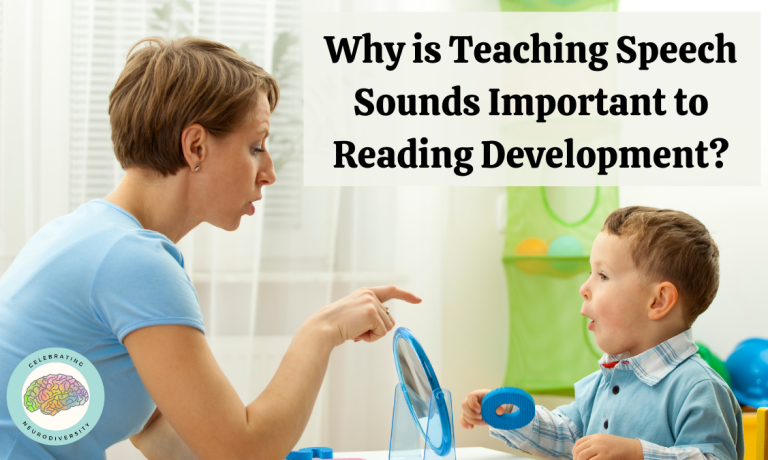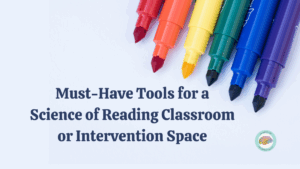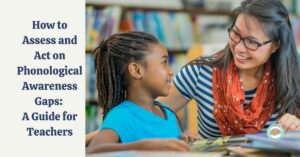Understanding and teaching speech sounds are beneficial to children’s development in learning to speak, read, and spell. I did not learn this in teacher preparation courses but rather within my own professional development of the best methods of teaching reading. Drawing students’ attention to the placement of articulation helps them to distinguish and remember sounds and later make connections between the sounds and letters that represent them. I have found explicitly teaching and organizing sounds into categories to be beneficial to the students I teach. Drawing attention to articulation helps build a foundation and structure for later learning and literacy development.
Organizing Sounds by Kinesthetic Elements
Classifying sounds by kinesthetic elements, feeling how their mouth is producing sound help the student gain a clear understanding of each sound or phoneme represented in our language. These articulatory features include the placement of the mouth, airflow, and voicing. As we help children organize and classify consonant sounds we can use the following questions as a guide.
Guiding Questions for Students
- Is the sound voiced or unvoiced?
- What parts of the mouth are working?
- How does the air come out?
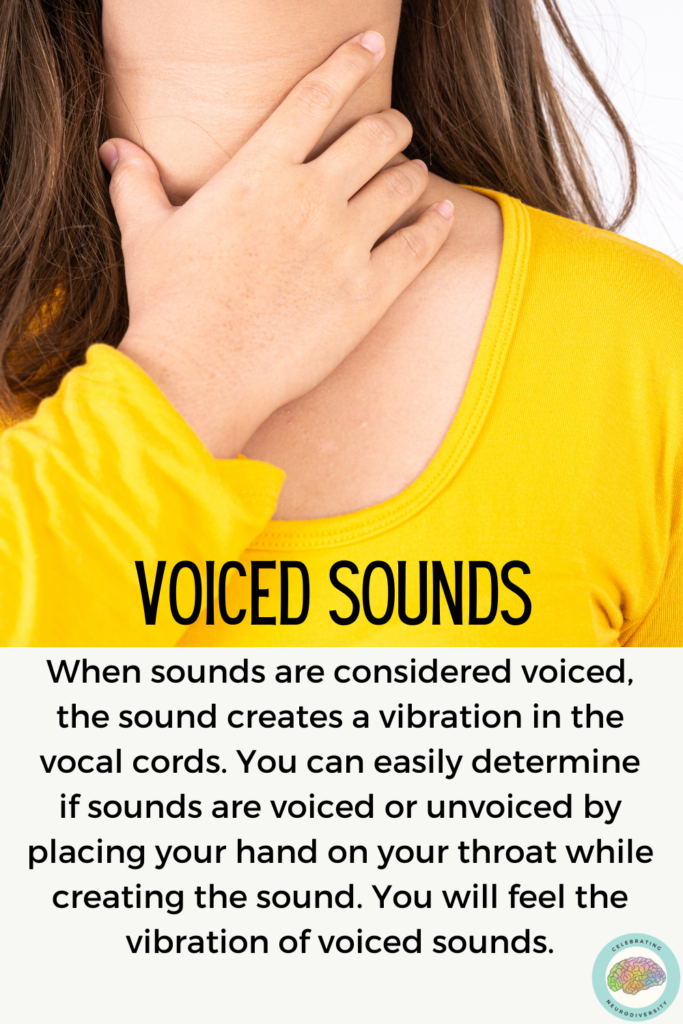
Is the Sound Voiced or Unvoiced?
Sounds can be either voiced or unvoiced. When sounds are considered voiced, the sound creates a vibration in the vocal cords. Unvoiced sounds do not create a vibration. You can easily determine if sounds are voiced or unvoiced by placing your hand on your throat while creating the sound. You will feel the vibration of voiced sounds. Consonants may be either voiced or unvoiced but all vowel sounds are voiced.

There are 8 pairs of voiced and unvoiced consonant sounds that are formed the same way but they only differ in one being voiced and one being unvoiced.
What Parts of the Mouth are Working?
This is known as the place of articulation. Air is blocked or shaped by the teeth, tongue, lips, or back of the throat. The sounds can be classified as front, middle, or back depending on where the air is blocked.
How Does the Air Come Out?
This is known as the manner of articulation. Air is emitted in different ways. Consonants are divided into two categories. One is a quick puff of air (11 consonant sounds) and the other is a continuous release of air (12 consonant sounds).
Sounds can also be subdivided into the following categories.
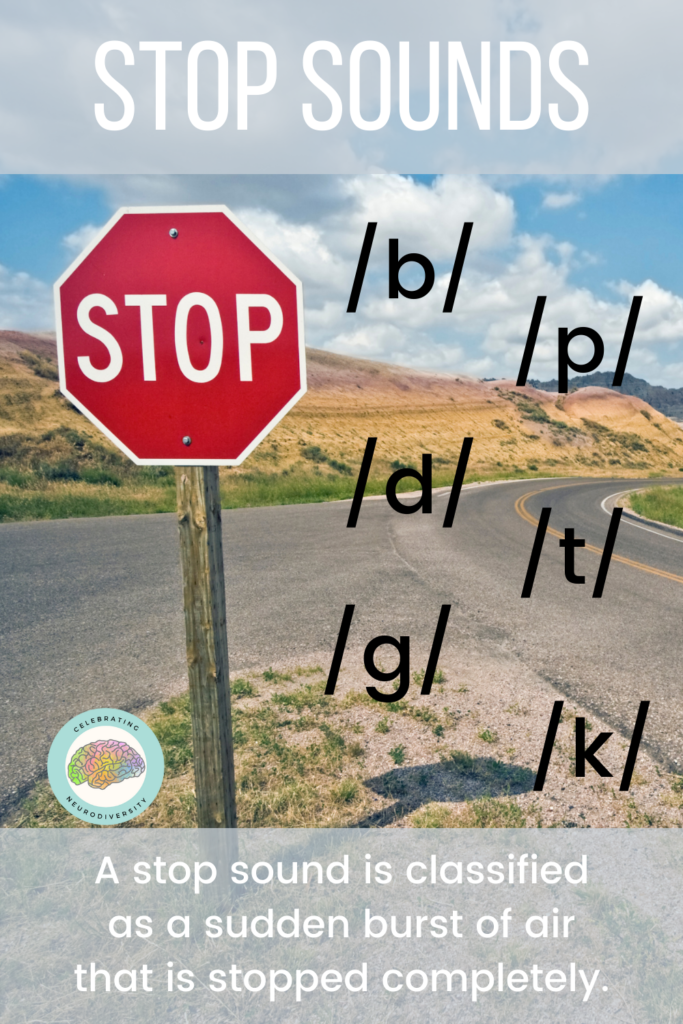
Stops
Sounds are short in duration in isolation and cannot be slowed down or stretched.
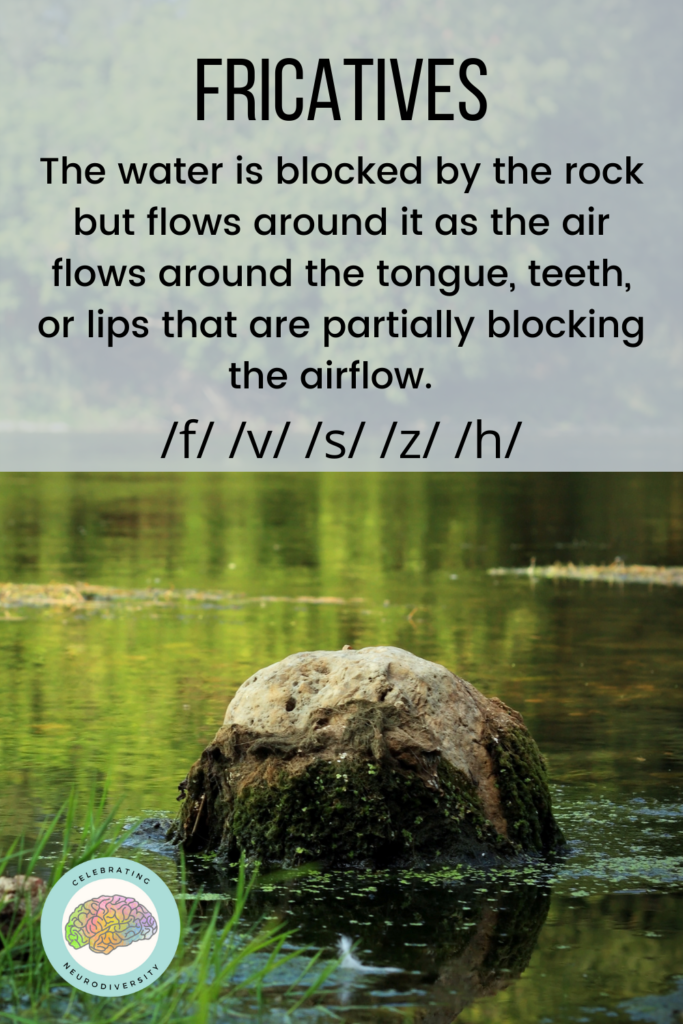
Fricatives
A fricative sound is classified by friction created as the air in the mouth is partially blocked by the tongue, teeth, or lips and forced through. I like the analogy of a river of flowing water and a large rock in the middle. The water flows around the rock as the air flows around the tongue, teeth, or lips that are partially blocking the airflow.
Affricate
An affricate is classified as a combination of a stop and a fricative. These sounds begin as a stop in your mouth and release as a fricative.
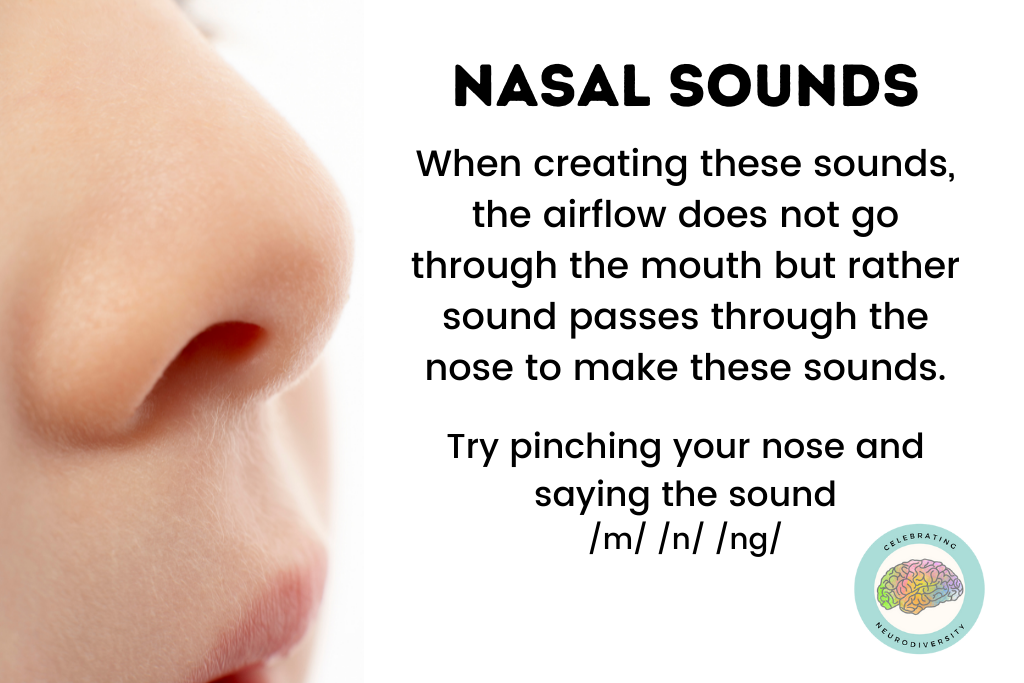
Nasal
A nasal sound is classified by the location of airflow through the nose. When creating these sounds, the airflow does not go through the mouth but rather sound passes through the nose to make these sounds.
Liquid
A liquid sound is classified by the tongue producing a partial closure of the mouth and air is pushed on the sides of the tongue. Liquid sounds are described as sounds that ‘float’ in your mouth and are the hardest for articulation, reading, and spelling.
Glide
A glide sound is classified by the placement of the tongue and lips. The sound glides into the next phoneme or sound, which is always a vowel.
Creation of Sounds
It is not vital for students to be able to classify the manners of articulation, it is important that the student understands that our mouths move differently to create different sounds. This understanding can help support the student in applying this knowledge while reading and spelling.
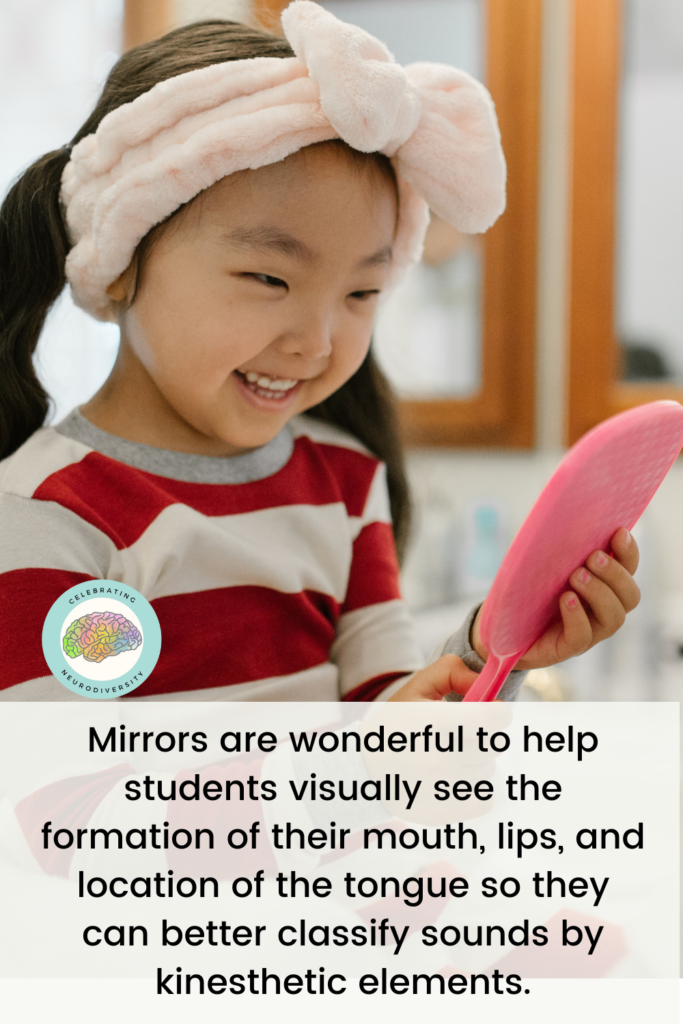
Mirrors
Mirrors are wonderful to help students visually see the formation of their mouth, lips, and location of the tongue so they can better classify sounds by kinesthetic elements.
Sound Walls
All this work with sounds can be done before an introduction of the graphemes that match the speech sounds. Once graphemes are introduced a sound wall is very beneficial. A sound wall matches phonemes or sounds with common spellings or graphemes. Students can actively participate in the construction of the sound wall as they learn new graphemes. The sound wall acts as a resource for reading and writing.
Are you Looking to Learn More?
Here are two articles you may find helpful and as always, Louisa Cook Moats is an expert on the subject.
- Transitioning from Word Walls to Sound Walls
- Implementing a Sound Wall
- Speech to Print by Louisa Cook Moats *This is an affiliate link. That means I am awarded a small commission for purchases made from this link, at no added cost to you.
- What is Orthographic Mapping and How Can I Use it to Increase Student Success?
I hope you have a better understanding of how and why to teach speech sounds and the benefits to children’s development in learning to speak, read, and spell. Drawing attention to articulation helps build a foundation and structure for later learning and literacy development.

